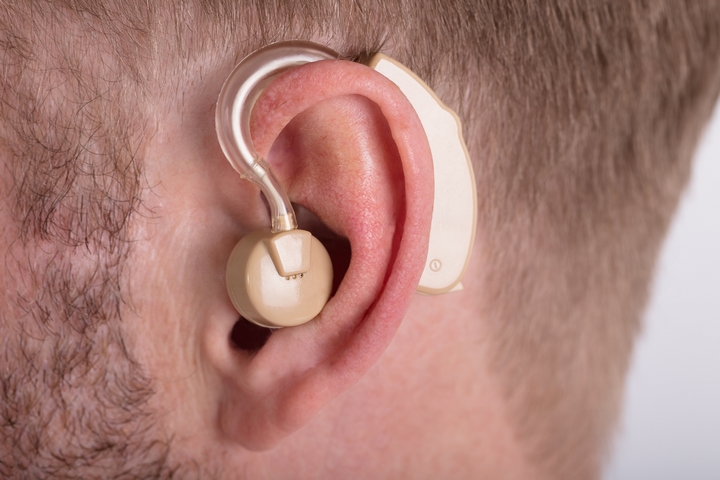
Why Is My Hearing Aid Whistling?
Getting older does not always mean that we should expect the worse. Our lives become much more fulfilling, and we begin to appreciate the finer things in life. However, our bodily functions, including our senses, may begin to deteriorate in performance. Our sense of hearing, for example, is a common occurrence for those entering their twilight years.
Or, losing your hearing can even occur when you are younger, for a variety of reasons. Whatever the case is, hearing aids can prove to be a substantial benefit, in maintaining an optimal sense of hearing. Sometimes, they may give off a whistling-esque noise, which can be rather annoying.
If the whistling is persistent, you can visit a hearing aid clinic for more information. Otherwise, you can try to diagnose the problem yourself. Here are some of the reasons why a hearing aid is whistling:
Why is my hearing aid whistling?
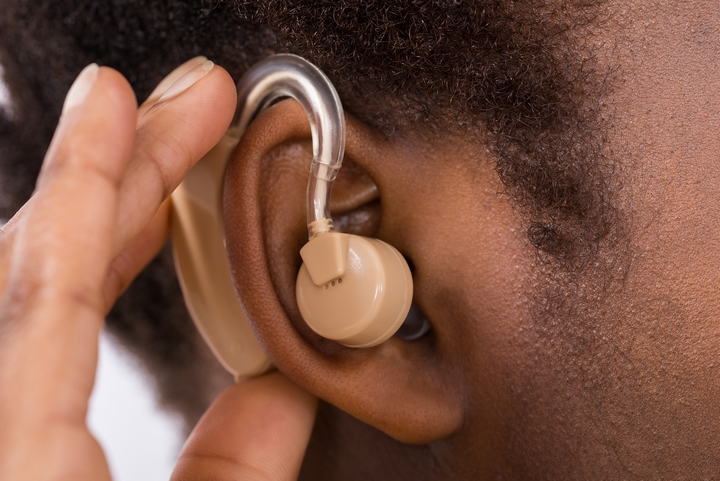
The whistling noise is actually a form of feedback that your hearing aids may be radiating. This feedback can come about in a number of ways, but the primary reason has to do with the microphone.
The sound that was originally supposed to enter your ear canal leaves the ear. Once this happens, it transfers to the device’s microphone. After entering the microphone, the sound is amplified once again, which produces a whistling noise. Since this can be rather annoying to experience, there are multiple solutions to diagnose the problem.
Hearing aid fit
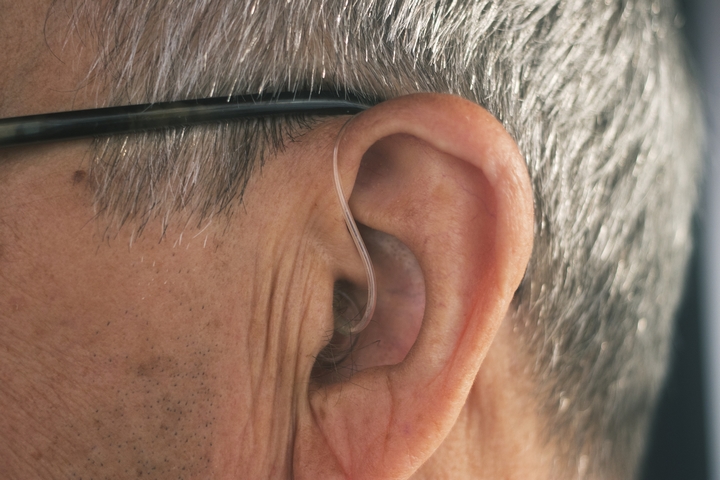
One of the best solutions to getting rid of the whistling noise in your hearing aid is also one of the simplest. If you are rather new at putting on the device, you may sometimes not put it on correctly. Should this be the case, a poor fit may result in the presence of an audible feedback. As a result, it is vital to fix this when possible.
Your hearing aids should always be placed properly within your ear. The earmolds that come with the device should be attuned to your ear. If you find that the fit is no longer fixed in place, you may need to check on the earmolds themselves. After this is fixed, the whistling noise should go away.
Hearing aid tubing
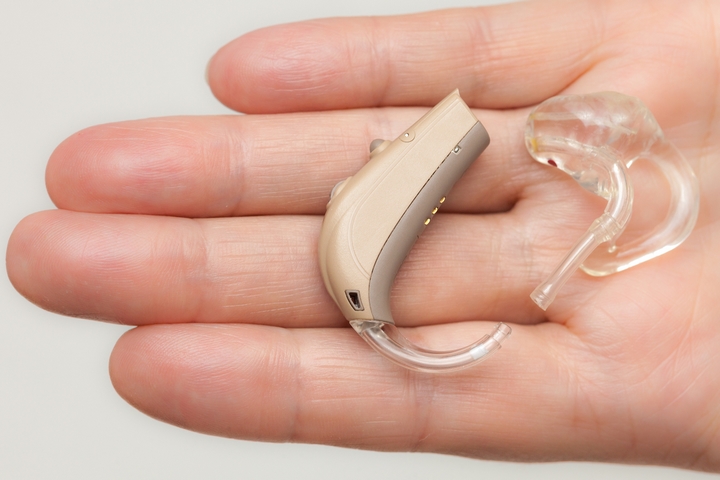
All hearing aids are comprised of various parts that allow the device to function as intended. One of the most important areas of the hearing aid has to do with the installed tubing. In essence, the visible tubing is the tube that connects to the earmold outfitted on the device.
With the right tubing, the earmold can harden and then shrink to fit the dimensions of your ear. If this tubing ends up broken, it can shatter the structure of the hearing aid in totality. Always check the status of the tube, so that the condition does not impede on the performance.
Hearing aid volume
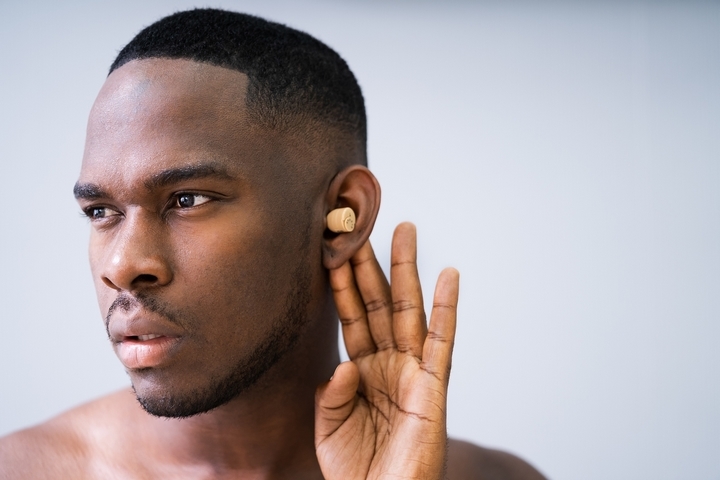
Despite hearing aids being a vital device for those experiencing hearing loss, you still have to be aware of its limitations. Your health care specialist will be able to point you in the right direction, in terms of how high or low its volume should be. Should the volume be too high, you may begin to experience feedback in the hearing aid.
A simple fix for this is to adjust the volume on the device. You always want to avoid the point in which the sound becomes unbearable. Not only can the feedback become a nuisance, but the volume could be harmful to your ears in general. Adjust the levels as necessary, to stay on the safe side!
Earwax buildup
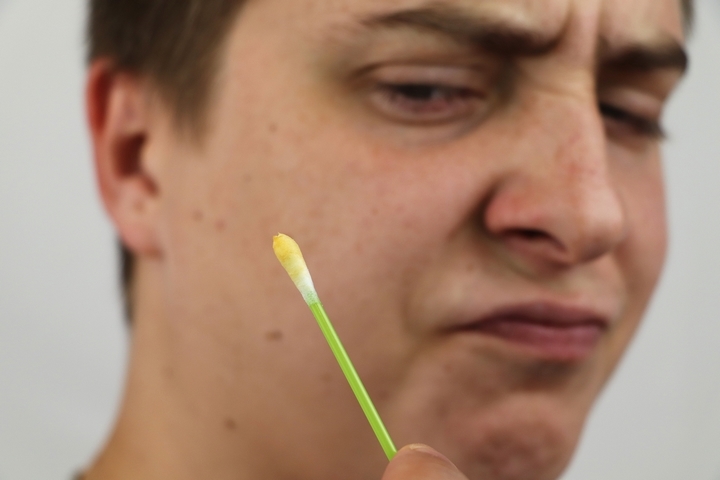
Our ears can be subject to earwax buildup, to the point where it becomes more than just a slight issue. In fact, too much earwax can prevent the hearing aid from not only working efficiently, but leading to the aforementioned whistling noise. Don’t just try to remove the earwax with a cotton swab, however.
You should always make the effort to get your ears professionally cleaned on a daily basis by the right professional. That way, you prevent accidental damage to the ear canal from occurring, should you try to take matters into your own hands!
Dislodged microphones
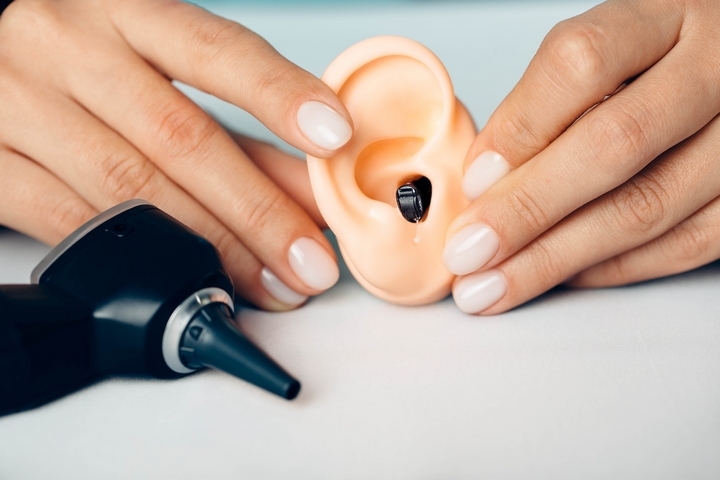
As mentioned previously, a poor fit on your hearing aids can result in feedback being generated. Despite it being easy to fix by adjusting it accordingly, double check the actual microphone. Sometimes, the microphone may become dislodged, for a variety of reasons. This leads to an exorbitant amount of audible feedback, making your experience more frustrating.
Hearing aids can resolve one’s hearing loss issues to a large degree. However, despite their advantages, they also come with minor drawbacks as well. To rectify most of them, and prevent unnecessary whistling noises, always adjust them as required. That way, you’ll be able to hear things as normally as you previously did!

